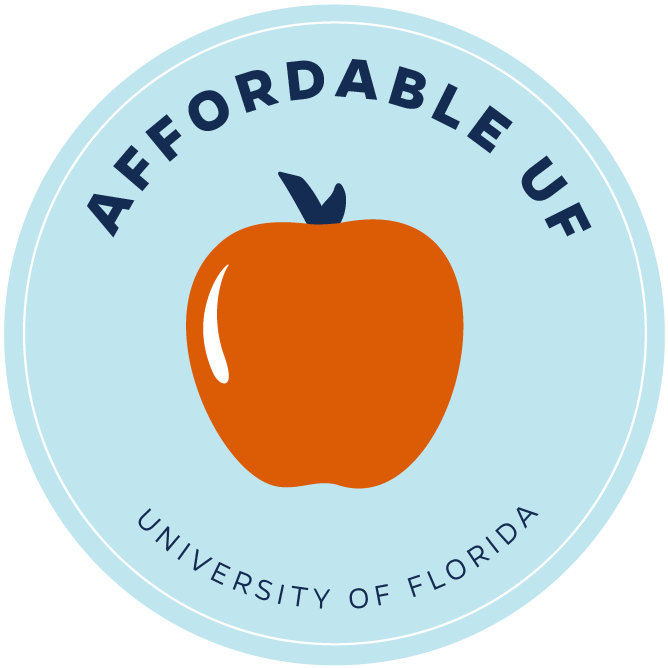Affordable UF
Did You Know…
In the 2025-26 academic year, the estimated cost of books and supplies for UF undergraduates was $1,235. These high textbook prices do more than hurt students’ wallets; they also negatively impact student success. In a 2022 survey, more than 13,000 students from across Florida revealed how they cope with the rising cost of textbooks:
53.5%
Didn’t purchase the required textbook
43.7%
Took fewer courses
38.5%
Didn’t register for a specific course
32.4%
Earned a poor grade
24.2%
Dropped a course
Our Goal
The purpose of the Affordable UF initiative is to increase student learning and success by providing affordable access to education. In order to ensure that every student at the University of Florida has access to quality, reasonably priced course materials, the Affordable UF initiative works to raise awareness of textbook affordability issues on campus and provide support and guidance for members of the UF community who seek to make their courses more affordable. There are several projects in place that fall under the umbrella of the Affordable UF initiative:
If you have questions about any of these projects, contact CTE here.
